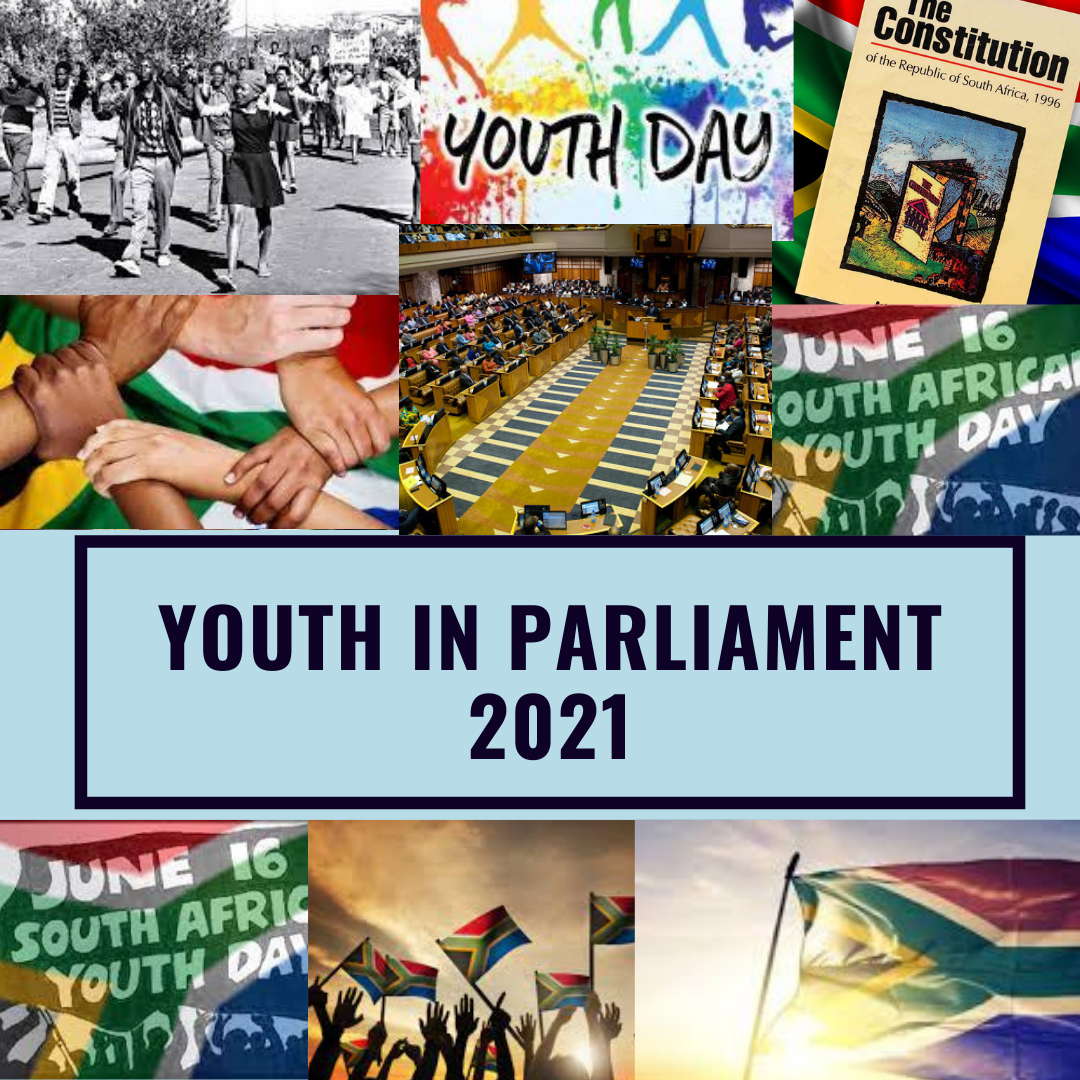Youth in Parliament 2021


On Wednesday, June 16, South Africa will be celebrating Youth Day. This is an opportune moment to reflect on the ages of our Members of Parliament.
A fundamental principle of democracy is that political systems should mirror society as a whole and represent the desires and best interests of all citizens.
In South Africa, the youth is defined as those from ages 14–35 years. South Africa's population as a whole is relatively young. Notably, in low-income countries with a demographic distribution skewed toward youths, the gap between the average age of parliamentarians and the average age of the voting population is very large.
The Parliamentary Monitoring Group obtained and analysed the birthdates of all current Members of the National Assembly, with the exception of Ministers and Deputy Ministers. This is a follow-up mini- study to the one conducted in 2018.
From the data collated, PMG has found that the average (mean) age of Members of the NA is 59.
PMG’s findings show only 30 members of the NA (9%) fall under the category of youth (35 and younger).
|
Age cohort |
Number of MPs |
% |
|
25-35 |
30 |
9 |
|
36-45 |
77 |
23 |
|
46-55 |
90 |
26 |
|
56-65 |
112 |
33 |
|
66-75 |
31 |
9 |
|
76-85 |
1 |
0.3 |
|
86-95 |
1 |
0.3 |
*While there are 400 NA MPs, we have excluded Ministers and Deputy Ministers. This study looks at 342 MPs (86% of total).
Out of the 14 parties represented in the NA, five have representatives younger than 35 and nine have no representatives in this category. [There are six parties with two representatives in the legislative body and two with one representative]
As illustrated in the pie-chart below, half of the 30 NA MPs below 35 are from the DA.
Youngest MPs in the National Assembly
- Sinawo Tambo EFF 25
- Sibongiseni Ngcobo (DA) 26
- Mathew Cuthbert (DA) 27
- Nompendulo Mkhatshwa (ANC) 28
- Thlologelo Malatji (ANC) 28
- Naledi Chirwa (EFF) 28
- Baxolile Nodada (DA) 29
- Luyolo Mphithi (DA) 29

The Inter-Parliamentary Union, an international organization of national parliaments, released a report last month on youth participation in parliaments, using age data from 148 parliamentary chambers, as well as other quantitative and qualitative data from 258 chambers. Their statistical findings are instructive:
- Only 2.6 per cent of the world’s parliamentarians are under age 30, a small increase of 0.4 per cent since 2018.
- Some 17.5 per cent of the world’s MPs are under age 40, up 2 percentage points from 15.5 per cent in 2018.
- Some 25 per cent of the world’s single and lower chambers of parliament have no MPs under age 30, nearly 5 per cent fewer than in 2018. Approximately 1 per cent of single and lower chambers have no MPs under age 40, down from 3 per cent in 2018.
- Only four countries, Rwanda, Morocco, Kenya and Uganda, have specially reserved seats for youth representatives.
The IPU report goes on to highlight the opportunities to further increase the numbers of young MPs, including by eliminating barriers and implementing interventions. Most of their conclusions are positive:
- the numbers of young MPs continue to increase;
- young people are becoming more engaged in parliamentary processes;
- parliaments, government institutions, international agencies and the wider public continue to improve youth participation with legal, informal and structural interventions; and
- young MPs address, at length and with great enthusiasm, new ways of working in the future, encouraging greater youth participation and challenging established and institutional norms in order to create a more conducive and friendly environment for inclusive participation.
About this blog

"That week in Parliament" is a series of blog posts in which the important Parliamentary events of the week are discussed.
We host the latest posts of this blog, written by People's Assembly. You can find more on PA's blog.
About this blog

"That week in Parliament" is a series of blog posts in which the important Parliamentary events of the week are discussed.
We host the latest posts of this blog, written by People's Assembly. You can find more on PA's blog.
